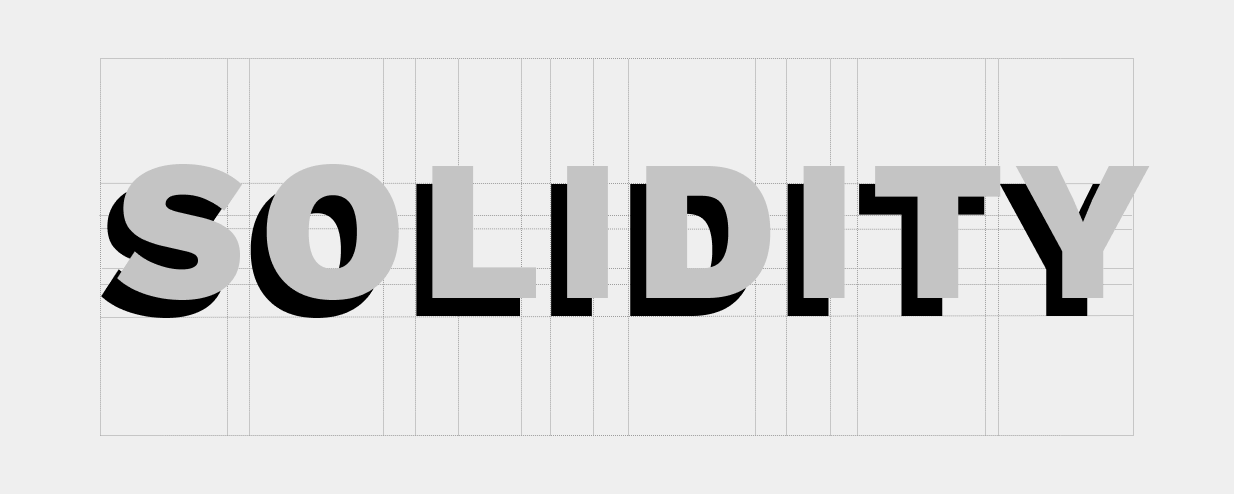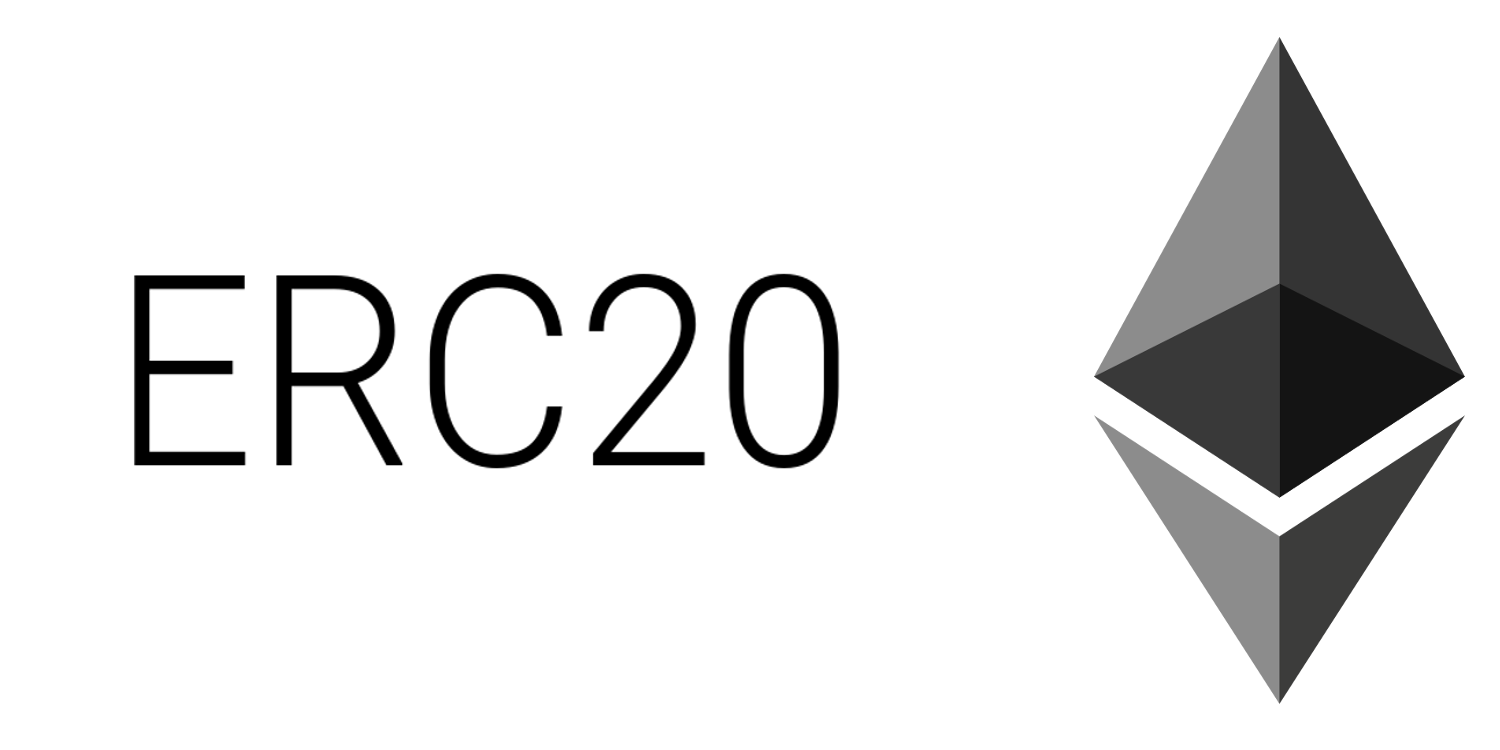The smart contract system that Ethereum has is such a powerful one. It is one of the most important components of the Ethereum Network and for good reason too. We are going to discuss Solidity and its role in smart contracts in this article. For those of you who have no idea what either of these two means, you should know that smart contracts are what make Ethereum so special. They are literally the essential programs existing on the Ethereum blockchain. smart contracts are able to do a variety of different tasks between other tasks, including transferring or receiving tokens and ETH.

Now that you found out about these interesting contracts that are available on the Ethereum network, you might be wondering how they are put together. Ethereum smart contracts are applications and programs which means they need to be written in a programming language exactly the way any other computer program is written in one. In the case of smart contracts, the language used to bring these amazing creations together is the language known as Solidity.
Now, there are also other programming languages that have compatibility with Ethereum’s smart contracts and they are available to be used by anyone but today, Solidity is the preferred language of many contract programmers mainly because of how easy and simple it is to use. With that said, keep on reading as we go over the basic notes about Solidity and whether it is a useful language or not. We will also look over some of the main features of this programming language.
Solidity as a programming language
Most of the expert programmers today won’t limit themselves to just one language and use a more than one pool of ordinary and common programming languages. Some good examples of this are Java, C, C#, C++, Perl, Python and a few others. The language we are talking about, Solidity, was created with simple use and easy learning in mind. It was meant to be a piece of cake especially for those who already knew one or more common programming languages well and wanted to learn a quick one as well.

Solidity makes use of a significant number of programming perceptions that are present in other languages. For instance, Solidity has arithmetic operations, variables, functions, string manipulation, classes and many more. While in a language such as C, the programmer would have to make some sort of a function – “main” and “int main” for example – Solidity is much different in this regard. In fact, it works with a contract which is made in an analogous way.
If you have ever seen Solidity, it looks surprisingly like JavaScript, C++ or C# but python users will probably notice this instantly when using Solidity that in this language, variables require to have their types explicitly declared. That is not the only difference however and an expert at these programming languages will be able to recognise the different features quickly.
Solidity is Limited in Resources
You should keep in mind that Solidity is still considered a new programming language therefore, its resources are actually quite limited. Normally, when you wish to learn a new programming language, you can try one of the plethora of books that are available to buy for that certain subject. For instance, let’s say you are into Java and want to learn it for your own self. There are literally dozens of books about this language that are both easily accessible and can provide you with the necessary self guided training. This isn’t true in Solidity’s case as it is still relatively new. There aren’t that many books about it and even the limited number available is not always all that good as evident by the reviews for them on Amazon.
Learning Solidity

With that said, Solidity does in fact offer quite a widespread number of documents for how the code actually works, however, diving straight into citations is not the best method for a person who is a total stranger to the language and programming in general and is not an expert at programming. This is highly inconvenient for new comers and novice programmers who want to learn this specialty and quite ironic for a language designed to be easy to understand for everyone.
So, to avoid demoralizing yourself, ideally, you should use the documentations as an orientation exactly the same way you use a dictionary when you want to search for a word’s meaning. Of course, you would not interpret a dictionary from cover to cover in order to learn a spoken language.
Solidity’s usage
If you are persistent enough and really passionate about learning, then you may potentially use the above-mentioned documentation available for Solidity to learn the language without a wide-ranging background in programming. Even though it is totally possible, don’t expect it to be easy at all.
If you happen to have some important experience in programming, you have the option to start off your carrier with Solidity with the help of a site called Crypto Zombies. The name might sound funny or a bit weird but it is a site pretty similar to Codecademy in the sense that you are given a short programming chore. When you complete the said chore, the code is checked right away in the browser where you originally inserted it. The main difference between these two sites is that Crypto Zombies is literally themed around programming a game about zombies with the help of Solidity as the programming language hence the name.
Standards and Code Logic

Different standards are emerging and they determine how Solidity helps developers create applications on Ethereum. These standards are known more famously as Ethereum Request for Comments or ERC. These standards are based on a document which has all the guidelines on the functions needed and limitations on how the code has to work.
The following are the ERC standards which decide how Solidity behaves:
·ERC20
·ERC165
·ERC223
·ERC621
·ERC721
·ERC777
·ERC827
·ERC884
·ERC865
·ERC1155
As simple as it is, Solidity is actually really flexible in terms of how it could be used. For example, it could be used to create allocated instructions on how the data should be stored in the contract. The logic and the data can both be separated with the help of Solidity.
Immutability
One thing you should note to yourself is that once the code of a smart contract is written, it cannot be changed. This means you have to pay a lot more attention while working with Solidity as every line of code must work as intended; otherwise, there could be serious risks and the code might be exploited. A way to get around this limitation is by using a proxy to point to another contract which includes actual business logic. This is great because it lets you fix bugs while a new version is applied to your contract.
Gas Costs

There are extra costs that you need to pay if you use Solidity on the Ethereum mainnet. Some of these extra fees are based on the gas system that Ethereum uses. It means you have to pay the miners for securing the blockchain network and allowing the code to run safely on it.
When writing smart contracts with Solidity, you should always keep in mind that gas fees can decide how performant the contract actually is. For every storage slot used, you need to pay the gas fees but to balance things out, executing any action with Solidity code also costs gas. Also, it is good to keep in mind that the more expensive a smart contract is to run, the less likely it is to be used in the long run.
Is it worth learning Solidity?
Now that we are familiar with Solidity and the ways by which you can learn it, you might wonder if it’s actually worth putting effort into the learning process. Well, let’s say that whether learning Solidity is worth it or not depends mainly on the goal you are following. If you are thinking of using Solidity for your career, then you should note that a little bit of flexibility is also required so you must know about other concepts too. Besides that, you should be familiar with programming languages if you think about becoming an expert. Another really important asset is knowledge about blockchain and the skills related to it. To further understand this, there is a job posting for Solidity developers which requires them to understand GoLang, AngularJS, and NodeJS as well as Solidity.
Final Words
If you are sure that you want to dedicate a few years of your life to learning this programming language, then sure, you can go ahead and give it a try. To motivate you a bit, if you go all the way and become an expert at Solidity, then there is a fairly high chance to have a reliable career with constant income for years to come. There is currently a huge gap of demand and supply in the market to look for developers who specialize in Solidity and are talented enough in Blockchain technology. From the perspective of a company, finding talented programmers, training them and hiring them as Solidity developers is quite a difficult and tedious task.
What Is Solidity
Ethereum Network
Programming Language
Solidity Limited Resources
Learning Solidity
Graphic Photo World
Frontend Free Code
Code Free Tutorial
CSS Free Code
PHP Free Code



 Home
Home How to use
How to use Sitemap
Sitemap About Us
About Us Suggested
Suggested Privacy Policy
Privacy Policy